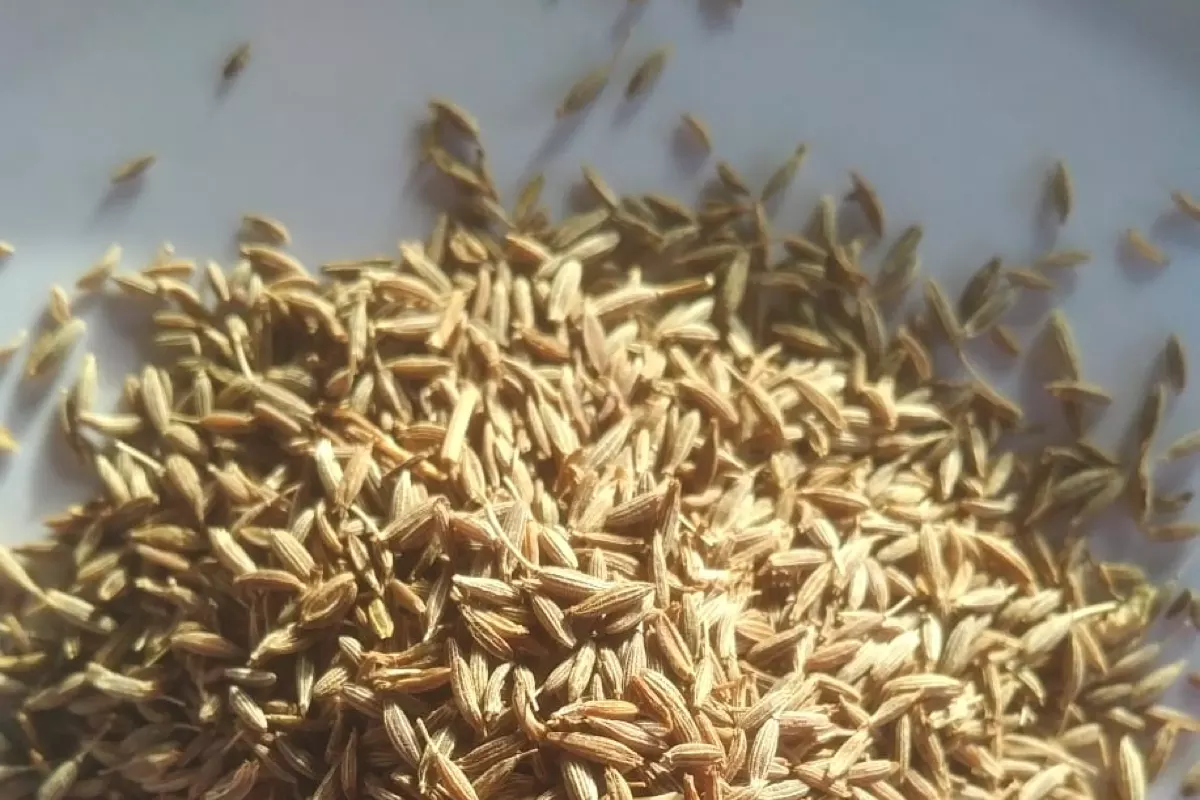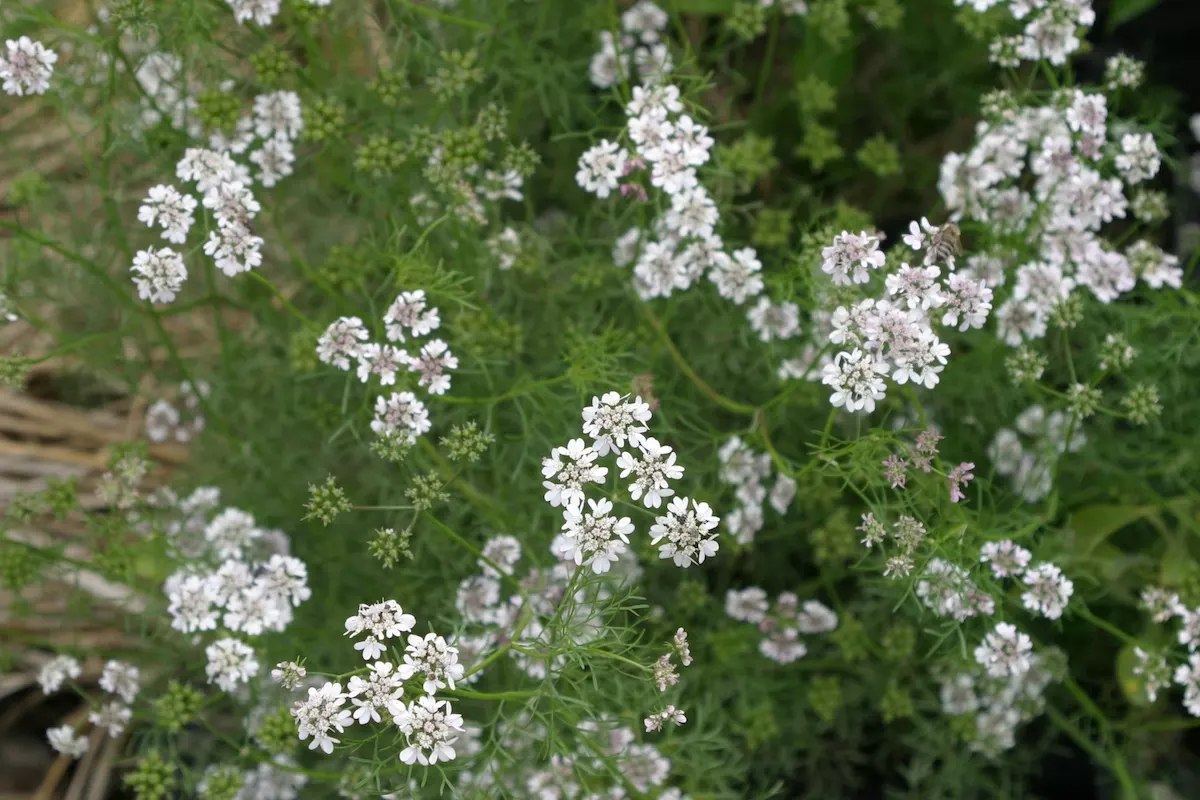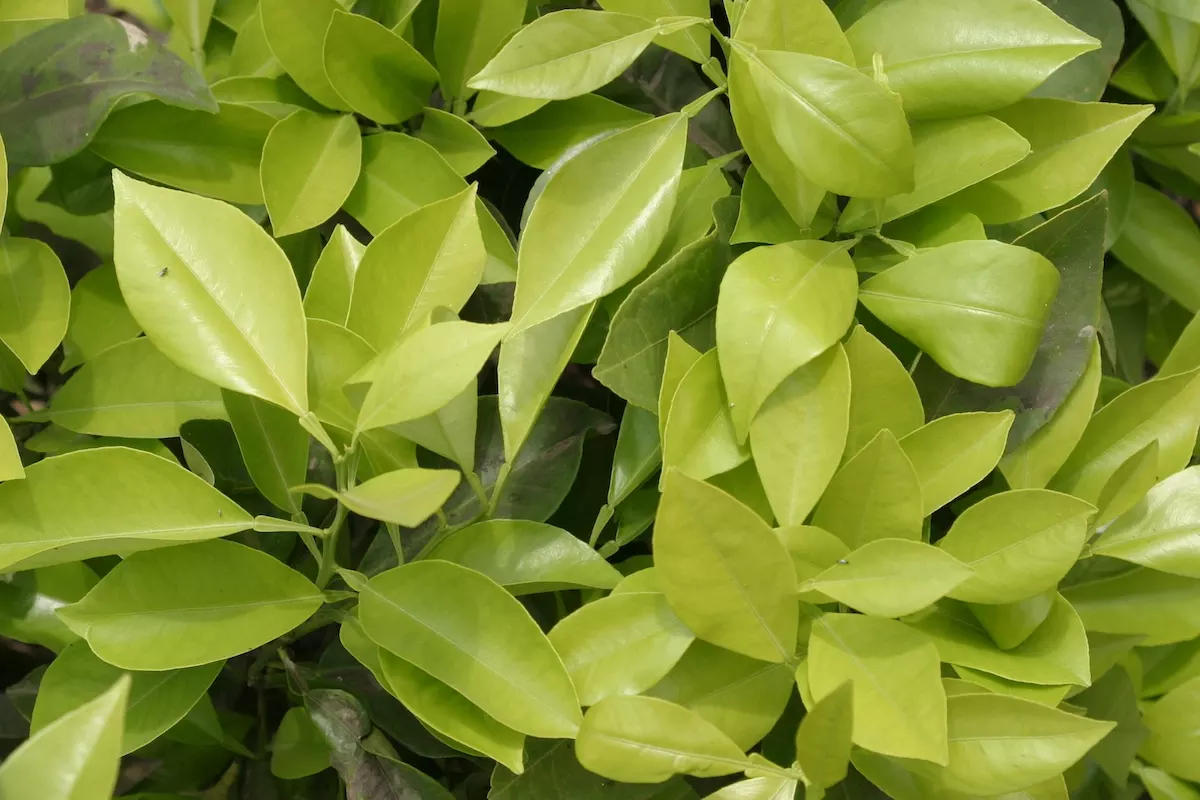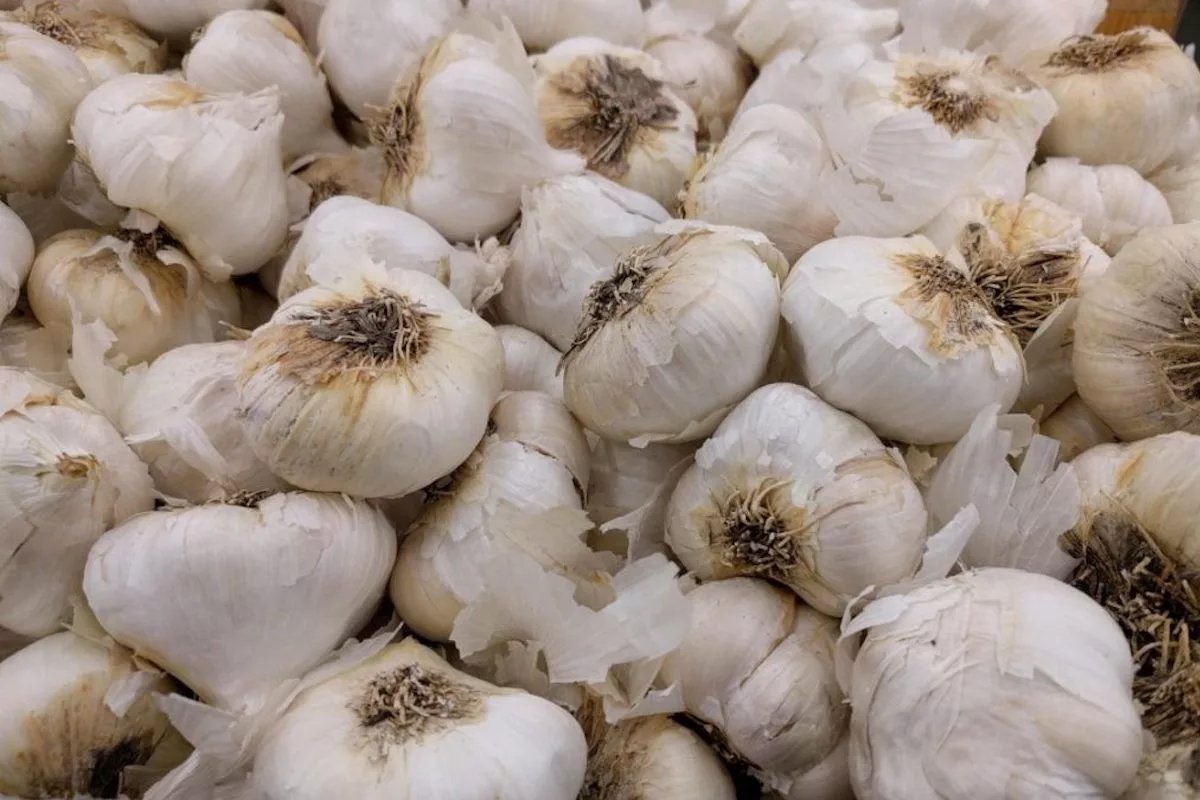
Petitgrain Mandarin oil
January 7, 2021
Sweet Marjoram oil
January 5, 2021
Cumin oil

Production Method
The oil is distilled from the dried, ripe fruits (seeds) of Cumin. A hydrolate is available upon request. A concrete and absolute are produced by solvent extraction of the same.
Uses
In perfumery, it is used in trace amounts to introduce green-spicy and green-woody topnotes in the woody-floral perfumes types, Oriental bases, mimosa, cassie, violet, etc. It is also used for « special effects » in modern aldehydic fragrances and for its unusual diffusive power. The oil blends well with lavandin, rosemary, galbanum, oakmoss, bois de rose oil, etc. It performs very well in soap applications.” (Arctander, S., “Perfume and Flavor Materials of Natural Origin”, (1960). In flavors, Cumin is used as a spice for its distinctive flavor and aroma. Cumin can be found as a seed and/or flavor in some cheeses (such as Leyden cheese) and in some traditional breads from France. Cumin can be an ingredient in chili powder (often Tex-Mex or Mexican-style) and is found in achiote blends, adobos, sofrito, garam masala, curry powder, and bahaarat, and is used to flavor numerous commercial food products. In South Asian cooking it is often combined with coriander seeds in a powdered mixture called dhana jeera. “In flavors the oil may replace the fruits (except in curry powder) and used for seasonings, pickles, meat sauces, etc.” (Arctander, S., “Perfume and Flavor Materials of Natural Origin”, (1960). “The [oil] is used in some natural fruit flavors, especially mandarin, grapefruit, lemon and orange.” Wright, J. “Flavor Creation” (2004).
Botanical Origin & Historiography
Cumin is a flowering plant in the family Apiaceae, native to a territory including the Middle East and stretching east to India. The term comes via Middle English and Old French from the Latin term cuminum. This in turn comes from the Ancient Greek κύμινον (kúminon), a Semitic borrowing related to Hebrew כמון (kammōn) and Arabic كمون (kammun). All of these ultimately derive from the Akkadian kamūnu. Cumin is sometimes confused with caraway (Carum carvi), another spice in the Apiaceae family. Cumin, though, is hotter to the taste; its fruits are lighter in color, and larger. Many European languages do not distinguish clearly between the two. In Swedish kummin applies to cumin and caraway. Many Slavic and Uralic languages refer to cumin as "Roman caraway" or "spice caraway". The unrelated Nigella sativa is called black cumin. Likely originating in the Levant region of the Eastern Mediterranean, cumin has been in use as a spice for thousands of years. Seeds excavated in Syria were dated to the second millennium BC. They have also been reported from several New Kingdom (1550-1077BC) levels of ancient Egyptian archaeological sites when Egypt included all the Levant up to Cilicia in its empire. In the ancient Egyptian civilization, cumin was used as a spice and as a preservative in mummification. Cumin was a significant spice for the Minoans in ancient Crete. The ancient Greeks kept cumin at the dining table in its own container (much as pepper is frequently kept today), and this practice continues in Egypt today. Cumin was also used heavily in ancient Roman cuisine. In India, it has been used for millennia as a traditional ingredient in innumerable recipes, and forms the basis of many other spice blends. Cumin was introduced to the Americas by Spanish and Portuguese colonists. Black and green cumin are used in Persian cuisine. Today, the plant is mostly grown in China, the Indian subcontinent, Northern Africa, Mexico, and Chile. Since cumin is often used as part of bird food (sic!) and exported to many countries, the plant can occur as an introduced species in many territories. Cumin is a drought-tolerant, tropical, or subtropical crop. It has a growth season of 100 to 120 days. The optimum growth temperature ranges are between 25 and 30°C making Egypt’s climate most suitable for its growth where long, hot summers are required. In Egypt, cumin is sown from October until mid-December and harvested in June/July.



